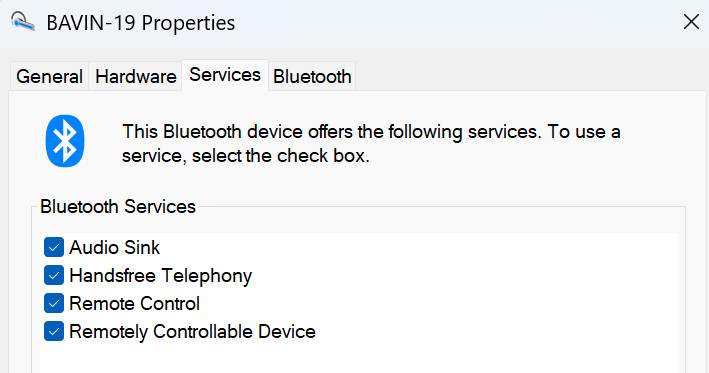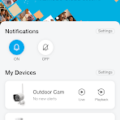
Hands-free audio AG is a Bluetooth profile that allows Bluetooth devices to use two-way audio even with limited bandwidth. This is an essential Bluetooth function that allows you to use your Bluetooth headset or headphones to both listen to audio and communicate at the same time.
Understanding Hands-Free Audio Technology
Hands-free AG audio allows your Bluetooth device to serve as both an input and output device. This comes into play, for example, during Zoom meetings, when you need to both listen to other people and speak through the microphone. The hands-free profile ensures that even if bandwidth is limited, you can use your Bluetooth device as a two-communication device.
However, in order to achieve this, the hands-free profile also reduces audio output quality to conserve bandwidth. That’s why many people experience poor audio output when using hands-free mode. This mode also prevents you from enjoying high-fidelity stereo quality.
Hands-Free AG Audio vs. Bluetooth

Hands-free audio AG is not a separate technology but a Bluetooth mode that Bluetooth devices use when needed.
Hands-free audio is not distinct from Bluetooth. It is actually a Bluetooth profile that Bluetooth devices switch to when they need to serve as both input and output devices at the same time, such as when you’re on a call or Zoom meeting.
However, you may experience a lower sound quality than “regular” Bluetooth, which is when the Bluetooth device is only serving as an output device (for example, playing music) and not an input device (for example, speaking into the microphone). That’s where the confusion comes from, leading some people to think they are entirely different technologies, but they are not.
Advantages of Hands-Free AG Audio
Hands-free audio offers several benefits. The primary benefit is the ability to use a single Bluetooth device for both input and output. This could otherwise be difficult, due to the low bandwidth. Bluetooth doesn’t have a very high bandwidth, and if you are streaming high-quality audio, it might not have enough bandwidth for audio input.
Activating and Using Hands-Free Audio

Hands-free audio is usually enabled by default and activated by default when the scenario warrants it. That’s why you may experience high-quality audio streaming when watching a movie but experience low-quality audio when playing a game that requires you to use your microphone or when joining a Zoom meeting.
However, you can disable hands-free audio on Bluetooth devices on Windows. Go to Settings > Bluetooth & Devices > Devices and click on More Devices and Printer Settings. Double-click on the Bluetooth device (you must have connected it to your computer, otherwise it won’t show up) and navigate to the Services tab. There, uncheck Handsfree Telephony and click on Apply.
Note that this may cause latency or bandwidth issues when two-way communication is required, but it can also improve audio output quality in such scenarios.
Hands-Free Audio in Modern Devices
Hands-free audio AG may seem outdated, but the truth is that even in modern devices, it’s still necessary. That’s because Bluetooth’s bandwidth is still somewhat limited on most modern Bluetooth devices.
Typical bandwidth is around 1 Mbps. Some devices may go up to 2 Mbps, but that depends on the device. Many devices only support around 1 Mbps, and if there is interference from Wi-Fi networks or other issues, actual bandwidth can be lower than that.
Conclusion on Hands-Free AG Audio
I hope you enjoyed this quick overview! Hands-free audio AG is an important feature that allows Bluetooth devices to support two-way communication. However, it also usually leads to lower audio output quality. You can disable it on Windows devices if the low audio quality bothers you.








